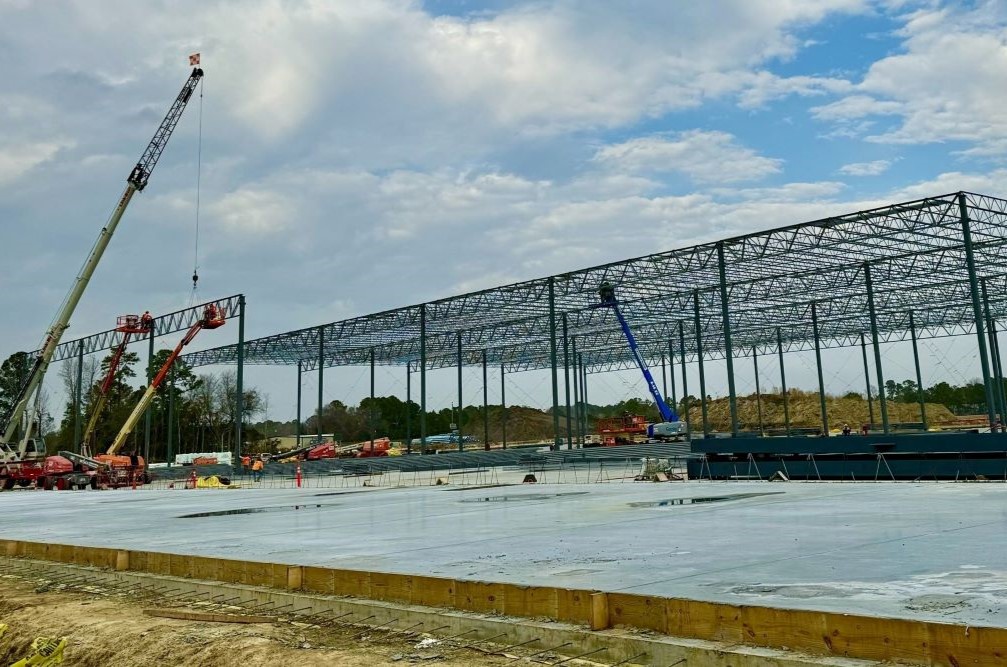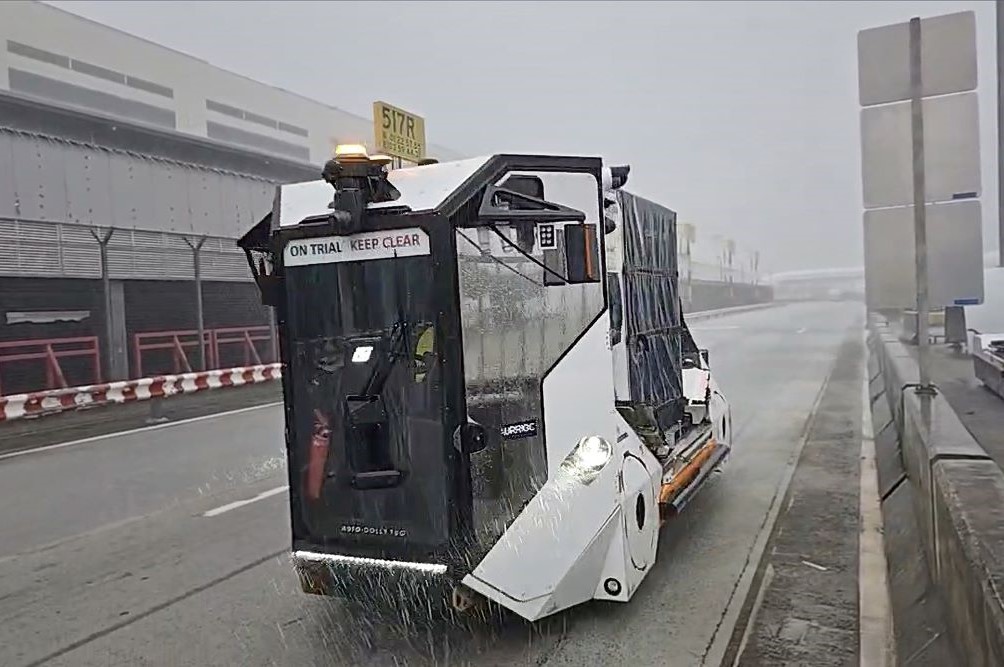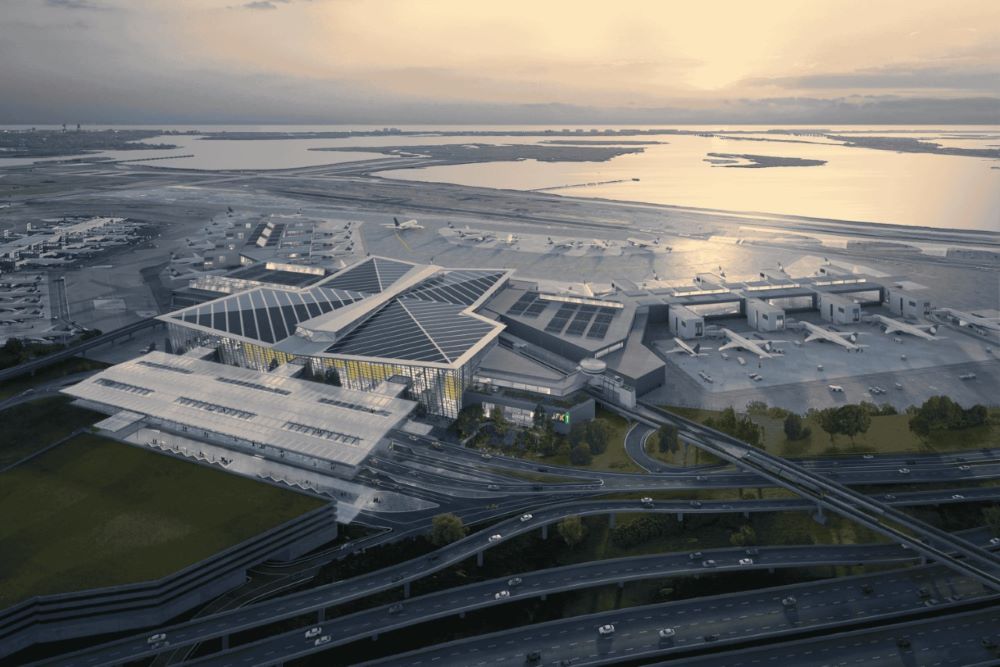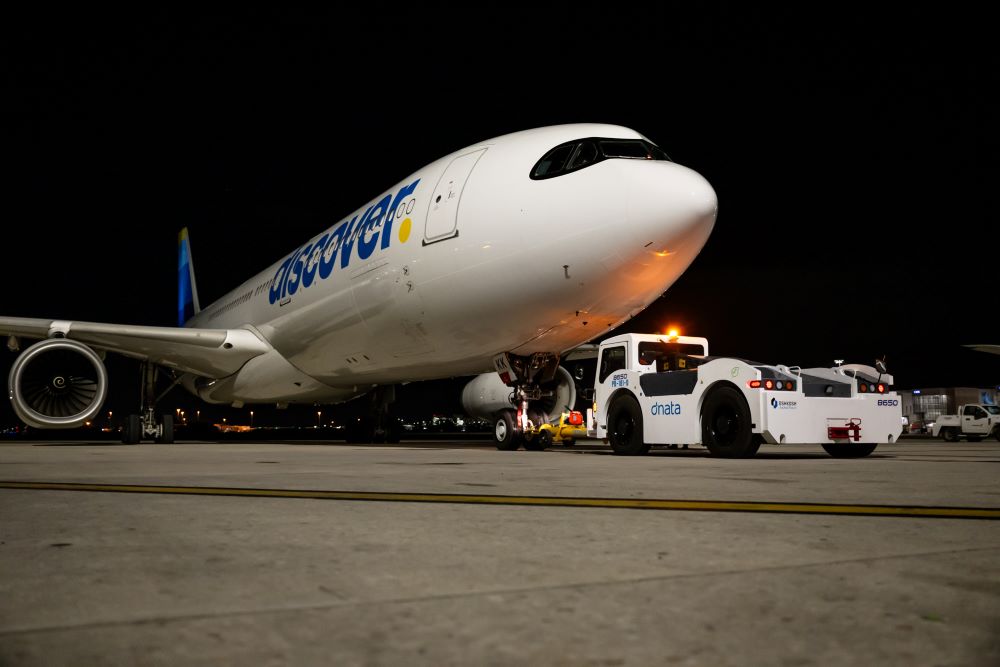Frontier Scientific constructs Wilmington airport life sciences hub
 Construction of Frontier Scientific Solutions’ cGMP temperature-controlled facilities at Wilmington International Airport is underway with the installation of the first vertical structures.
Construction of Frontier Scientific Solutions’ cGMP temperature-controlled facilities at Wilmington International Airport is underway with the installation of the first vertical structures.
The project is set to be the largest GMP temperature-controlled facility fully dedicated to the life sciences sector in North America, which will strengthen Wilmington’s position as a critical hub in the global life sciences supply chain.
The facility will enhance the efficiency and security of transporting time- and temperature-sensitive pharmaceutical and biopharmaceutical products.
It will play a crucial role in establishing a direct global gateway for life sciences to connect North America and Europe.
Leandro Moreira, COO of Frontier Scientific Solutions, says, “It represents a significant leap forward in our mission to revolutionise the life sciences supply chain. By providing the largest GMP temperature-controlled space in North America, we are not only enhancing operational efficiencies but also ensuring that critical healthcare products reach patients in need without delay.”
Advanced features of the Wilmington facility will include streamlined customs processing through its Free Trade Zone designation, which offers duty deferral and operational efficiencies that are vital for life science products crossing international borders.
Jeff Bourk, CEO of Wilmington International Airport, says, “The construction of this facility marks a pivotal moment for the life sciences industry for ILM Airport and North Carolina. The commitment to developing cutting-edge infrastructure will empower companies to deliver essential healthcare products with unmatched speed and precision, ultimately saving lives.”




